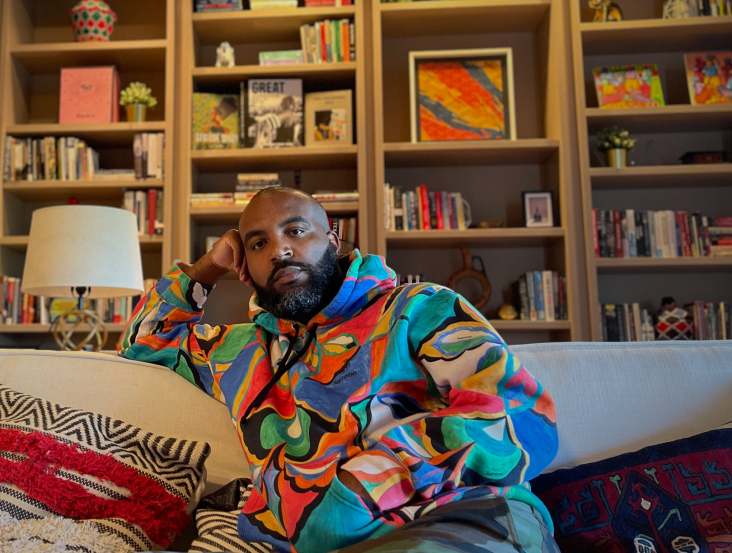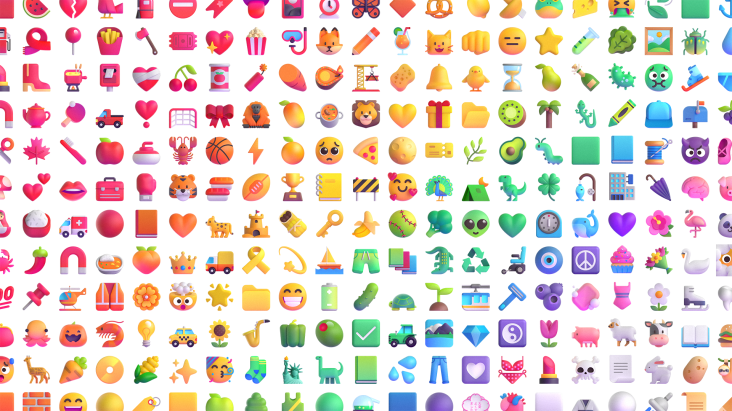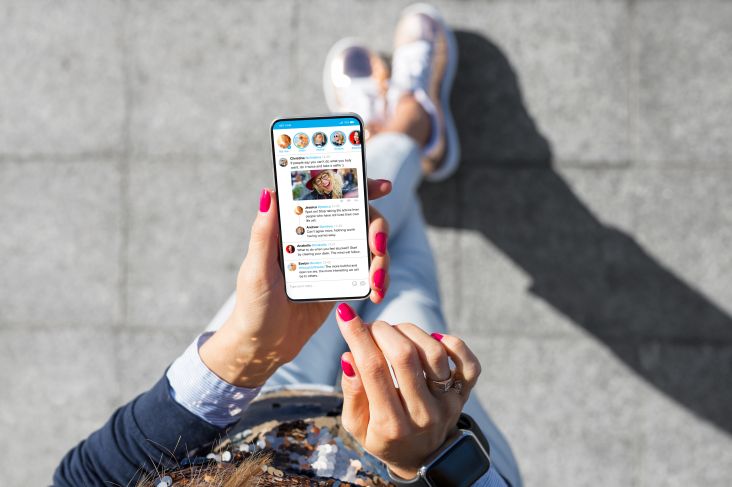How to compete in the new global jobs market as a creative
Once upon a time, working for a company outside the UK meant uprooting your whole existence and going to work in another country. Now, due to the spread of remote working during the pandemic, it's increasingly possible to work for an international firm without leaving home.

Image licensed via Adobe Stock
That's great news for creatives, opening up a whole new world of employment opportunities. We now have many more chances of finding our perfect job; one that will fulfill and stretch us creatively, open the door to new networks and fresh ways of thinking; and give us the financial rewards we crave.
The flip side is that it means many more people are going for the same jobs, whether they're at home or abroad. And so, you now have to work harder to stand out among the crowd.
Having a killer portfolio, although vital, is no longer enough by itself. You also need employers to want to hire YOU as a person. That means developing the personal attributes that recruiters are crying out for, and telling your story in a way that makes them remember you.
For this reason, the online academy Created gives as much precedence to these increasingly important soft skills on their UI, UX and motion design courses as technical skills. So we've teamed up with them to create this article, exploring how you can successfully compete in this new global market for talent.
Read on to find some pointers that will help get you over the line and into your dream job.
1. Get experience
When you're a student, it might seem that spending 100 per cent of your time and energy on your studies is the smart move. However, if you want to enter a creative profession, that's not usually the case.
Even if you get perfect scores on your tests, that won't necessarily convince an employer you'll be able to jump into a full-time role after graduation, and hit the ground running.
They'll need to know you also have experience of what the real world of work is like, whether that's from work experience, voluntary work, an internship or part-time freelance. In fact, most creative job ads will actually specify this.
For that reason, it's wise to balance your time spent studying with as much extra-curricular work as you can fit in. This will also probably benefit your studies themselves, as the two areas of activity will feed off each other in multiple ways. Plus, even a brief experience of voluntary work will automatically raise you above job applicants who don't have any.
That said, it's challenging to combine work and study in a way that doesn't lead to stress and burnout. So one alternative approach could be to find a course where work experience is built-in. For example, Created 's courses revolve around fulfilling real industry briefs in a studio environment to real-world deadlines. And that's something hirers will find far more interesting than abstract design projects done in a relaxed academic setting.
2. Develop leadership skills
In some professions, employers are looking for obedience, submission and the ability to follow orders blindly. The creative profession is not one of them. In contrast, recruiters are looking for people who can think on their feet, act independently, and lead and inspire those around them.
Some people mistakenly think leadership skills are about being strict and bossing others about. In fact, it's more about things like communicating ideas effectively, goal-setting and planning, delegating to and trusting others, and being decisive when necessary.
You can read all the books on leadership in the world (and that can be a good start), but there's no real way of developing leadership skills other than actually leading others. So getting involved in a student or local organisation, or starting a club or your own, means that when that intimidating interview question finally comes – "Can you tell us about a time you demonstrated leadership skills?" – you'll be more than prepared.
The ideal, of course, is to get experience of leadership within the creative profession you're pursuing, so any opportunities like that should be grabbed with both hands. For example, on Created's Professional courses, all students get the chance to lead a team to deliver a response to a brief, with guidance and support from a coach and mentor along the way.
3. Learn skills other creatives don't have
When recruiters are sifting through hundreds of CVs, they're usually looking for a way to quickly reduce the pile to a select few. And the most straightforward way to make sure you're in the 'Keep' pile is to have creative skills that other applicants don't have but which are in demand from employers.
For example, you'd expect most applicants to a graphic designer job in 2021 would know Photoshop and probably Illustrator, too. But how many would also be skilled in After Effects or Adobe XD?
To find out what skills are most in-demand right now, it's worth reading a range of job descriptions and seeing where you need to fill any skills gaps. And if nothing comes to light, then check the ads for jobs at the next level up – the ones you'll hopefully be applying for a few years down the line. If, say, motion design or UX skills are needed for those, then having them at this earlier stage will make you very attractive to recruiters indeed.
4. Learn to communicate globally
As the jobs market becomes increasingly global, we're all having to learn how to communicate with people from a diversity of national, ethnic, religious and cultural backgrounds. And while on one level the language of creativity transcends all barriers, an empathy and understanding of how different people live and see the world may help you to edge other candidates...or at least, avoid any embarrassing faux pas.
Bringing together people from different cultures and backgrounds is essential for creating work that’s accessible and relevant in today’s global society. There’s no manual for collaborating across cultures, and nor should there be. Just like leadership skills, communicating with a diverse range of people is something you get better at with practice and experience.
Again, then, you should grab every chance to do so. Join professional organisations and get networking with people around the world. Use business-related social networks like The Dots or LinkedIn. If possible, too, pursue opportunities to actually work with people across national borders. For example, on Created's courses you'll interact and collaborate with fellow students from all over the world, giving you the chance to interact with people from different cultures and build your network globally.
Also remember that national differences are not just social and cultural. When applying for a job in another country, it's also important to research the legal differences that will affect your work too.
For example, copyright law is applied very differently across different countries, especially in the area of moral rights, plus many nations have distinct and specific censorship laws that may affect your work. Demonstrating your knowledge and understanding of these areas is almost certain to strike a positive chord with recruiters.
5. Follow up and thank employers
If your job application has ever been rejected, and just you’ve shrugged it off and moved on, you’ve missed a huge opportunity.
A much better approach is to send a follow-up email or letter, politely thanking employers for giving up their valuable time to interview you. Add that you'd still be interested in future opportunities with the company, and ask that they keep your details on file should anything change.
We know that this approach has led to employment many times; either because the successful candidate pulled out, an extra job opened up soon afterwards, or the employer was so impressed they just got back in touch and offered them freelance work. In short, it really can work, and even if it doesn't, you haven't lost anything, have you?
Learn UX, UI and motion design with Created
Want to add UX, UI or motion design skills to your repertoire? A great place to do so is Created, an online academy dedicated to giving you the skills you need to succeed in the modern world.
Created’s courses take place remotely, which means you can upskill from anywhere with an internet connection. Rather than learn the theory from a textbook, you’ll spend most of your time working on hands-on creative briefs for clients like Koto and Yoke.
Learn more about Created here.


























